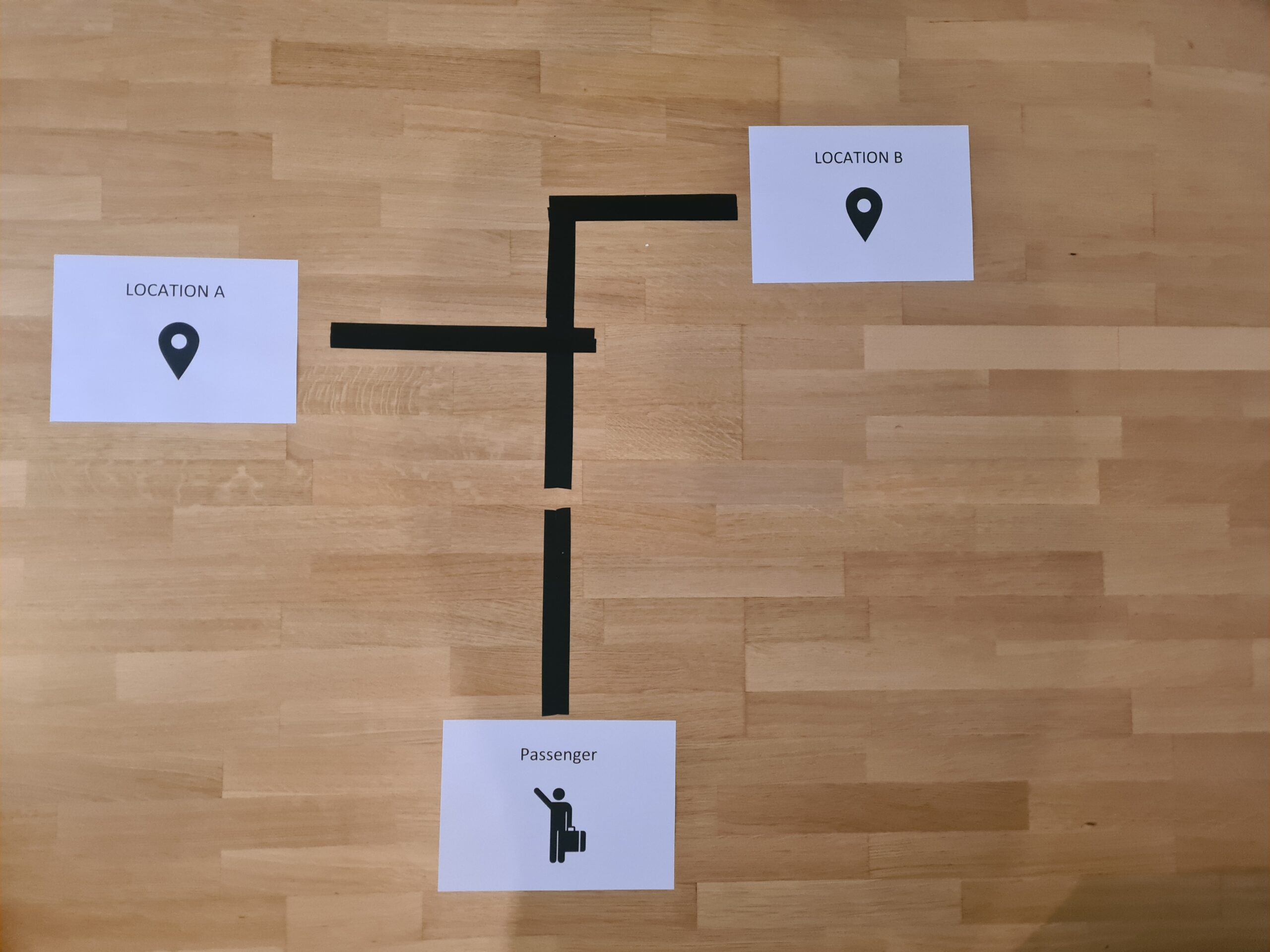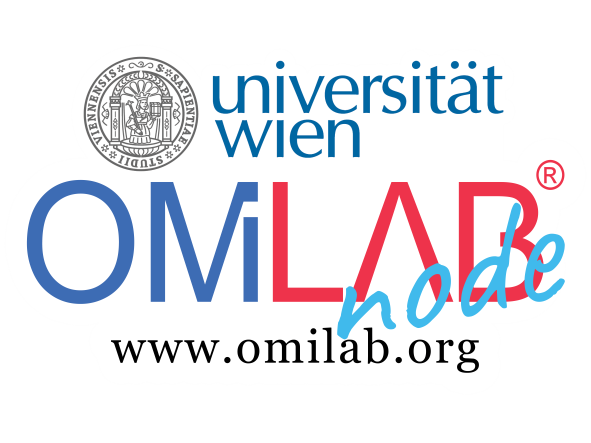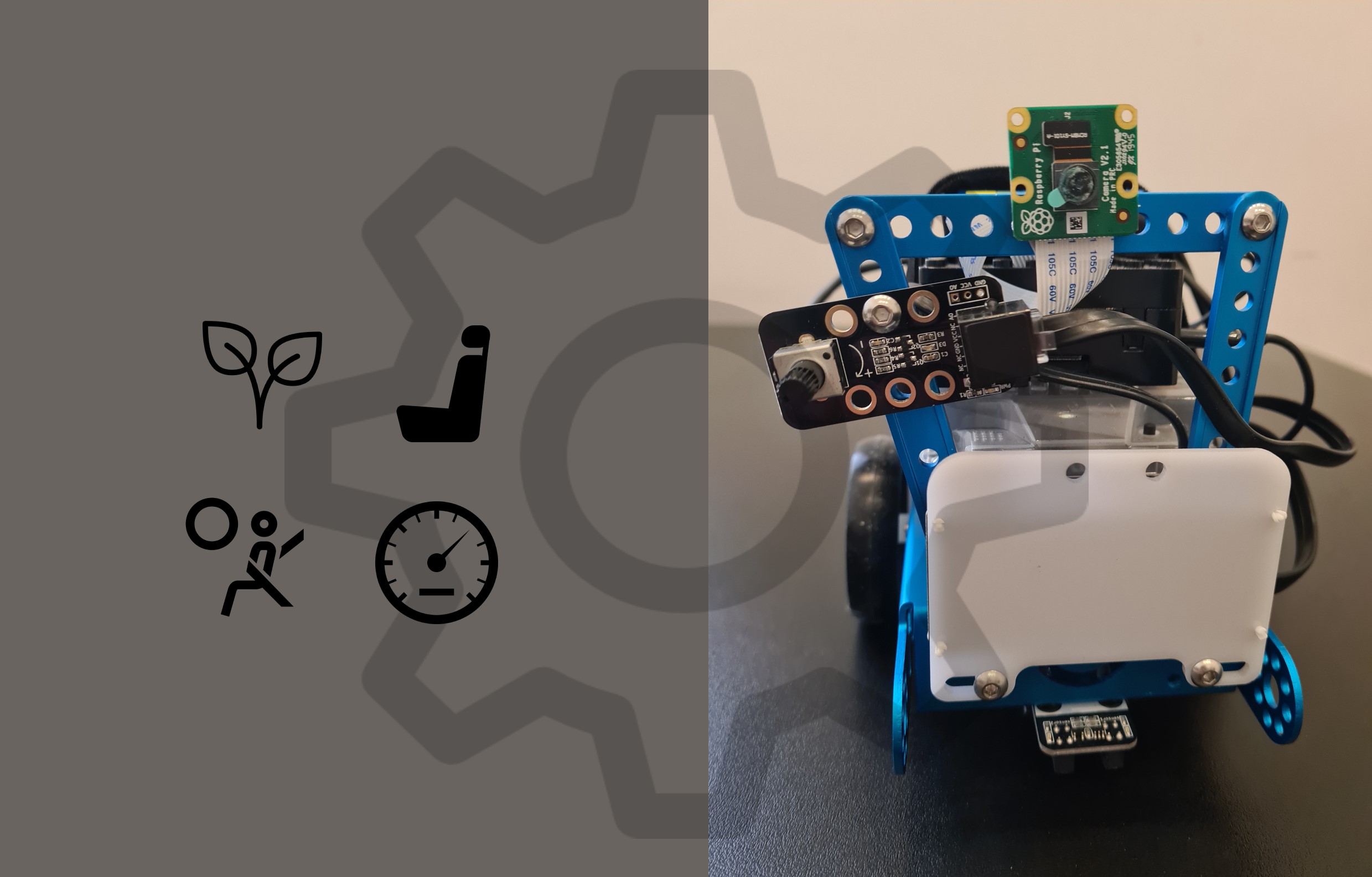Use Case
The overall use case is to give the passenger the possibility to find the best fitting car for his ride. The general idea behind it was, that the customer does not need to know anything about the current car market and technologies. The customer can select from six different predefined categories that covers all the car specifications. The categories are designed in the way that a person, even with no knowledge about cars, can easily find the preferred one that fits the needs and enhances the experience of the ride. Therefore, the goal of our experiment is to create a system, where the cars compete in a certain way and try to match according to the user preferences.
We covered the different Car properties in the following categories:
Driving characteristics allow the passenger to select the preferred driving style. It ranges from sporty to comfortable.
Car design is surely one of the most important categories for most of the customers. The customer can specify for which occasion he needs a ride. If he needs to attract attention for an event, he/she will choose a classy ride. If it is a weekend trip with the family it should be more of a functional car with a lot of space.
Safety is also a category which many people attach great value to it. The customer has the possibility to choose cars categorized by the ability to protect the passengers. It could be a useful for rides with kids on board.
Seating is self-describing. The customer can simply select the desired number of seats.
Sustainability is the category where the user can select if he wants a car that saves the environment or a car that runs on fossil fuels.
Price per hour is surely also very important for some customers. The passenger can select the max price per hour of the desired car.
If the desired car is selected and currently free, the car sends its current location to the user through a message that it is relocating to the customer position.
Potentiometer:
In our use case we wanted to implement our additional sensor as a knob, where the user can limit the amount of horsepower to his/her preferences. That is especially interesting for people who just did their driving license in countries, where a driving beginner is limited to a certain amount of horsepower (for example in Italy). This is only possible with electro cars because they can be limited easily.
Experiment
The goal of our experiment is to test our semantic approach for picking the best fitting car for the user. The experiment is simulated in a closed predefined environment and conducted using a cyber-physical system “mBot Arduino”. The mBot consists of a Raspberry pi, Arduino board and several sensors from which we use the line following sensor and the potentiometer. For the deployment of the experiment two webservices are needed.
- Mbot local webservice
Used for establishing a connection between the raspberry pi and the Arduino board to control the mBot functionalities.
- IntelligentOffering Web API
Used for finding the perfect match between passenger and the car. Includes the used ontology for the semantic approach.
Before the experiment can start several assumptions need to be made:
- One mBot
- Each virtual CPS is different from each other.
- The system provides only cars and no other types of vehicles.
- Internet connection to API
- Street Layout with three Positions.
- Tomcat on mBot raspberry Pi.
Device setup:
The Mbot has one line following sensor and the potentiometer installed.
Environment Setup:
Instead of printing out a black line for the m-Bot on many pieces of paper, we decided to use a black tape to draw the street on the floor. This is something we can absolutely recommend, because our experience with printing was, that based on the quality of the printer, there can be issues with the sensor of the m-Bot.

Resources:
https://gitlab.dke.univie.ac.at/edu-semtech/semtecss21/g7.git
Results
We achieved to create a semantic approach that picks the best car for the user, based on his/her chosen user preferences. The biggest advantage that comes with that service is, that there is no need for the user to have any further knowledge about cars to get the perfect one for him/her.

